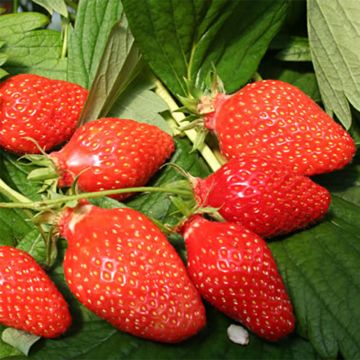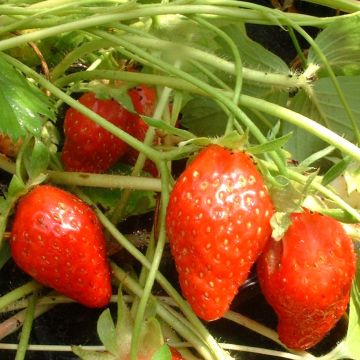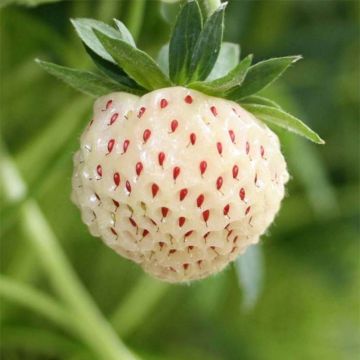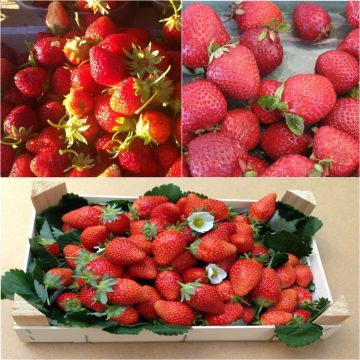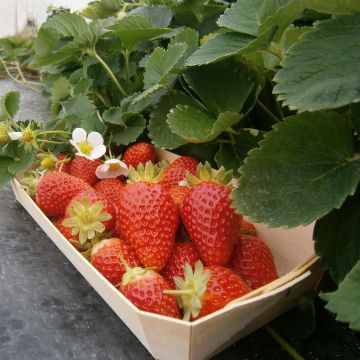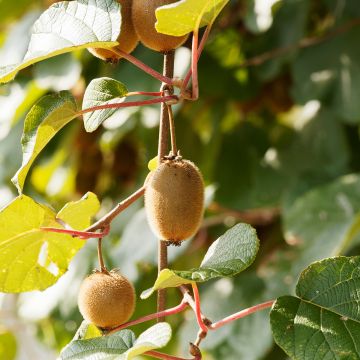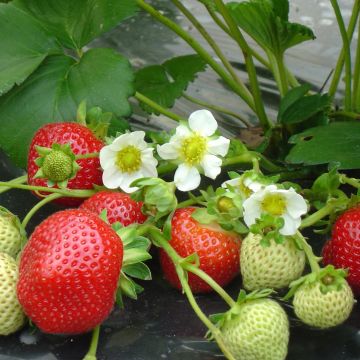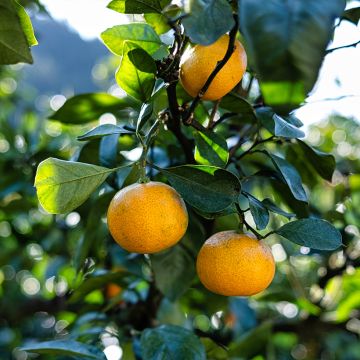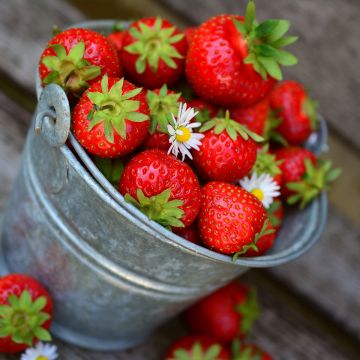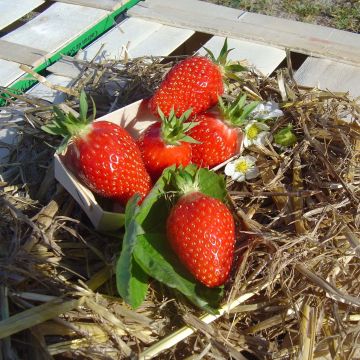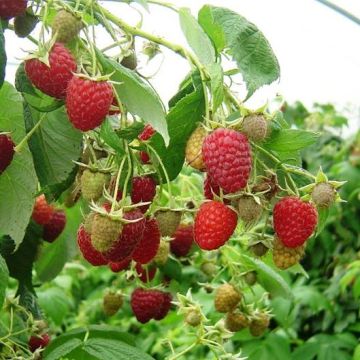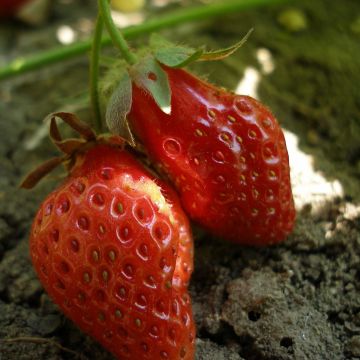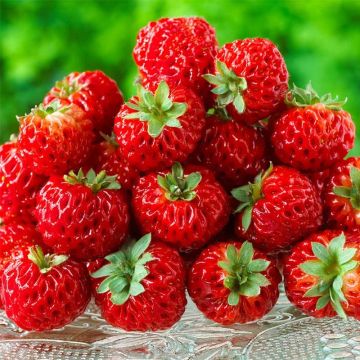Plantfit
Log in / Register
Existing customer?
New customer?
Create an account to track your orders, access our customer service and, if you wish, make the most of our upcoming offers.
My Account
Hello
Shipping country and language
Your country of residence may be:
For a better user experience on our website, you can select:
Your shipping country:
Andorra
Austria
Belgium
Bulgaria
Croatia
Czechia
Denmark
Estonia
Finland
France
Germany
Greece
Hungary
Iceland
Ireland
Italy
Latvia
Lithuania
Luxembourg
Monaco
Netherlands
Poland
Portugal
Romania
Slovakia
Slovenia
Spain
Sweden
Switzerland
Language:
French
English


Airelle rouge Red Pearl - Vaccinium vitis-idaea
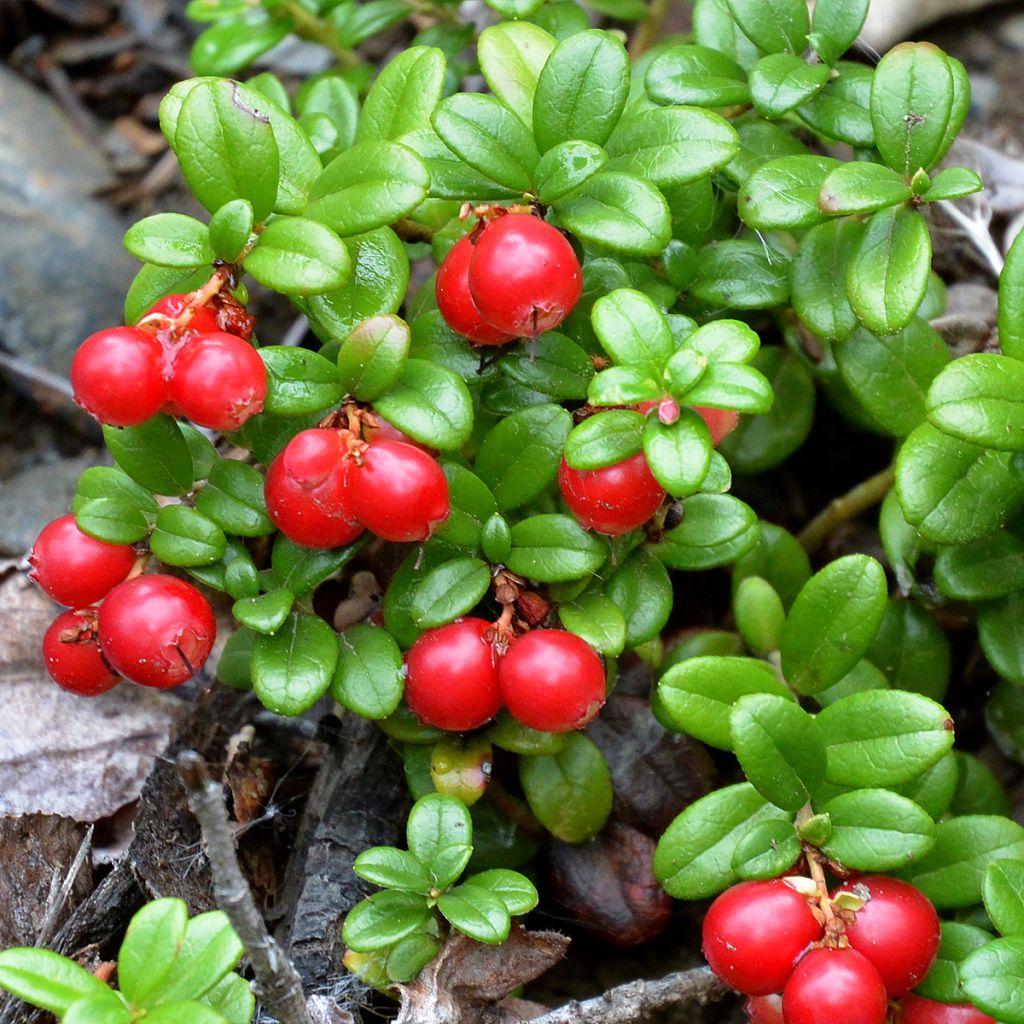

Airelle rouge Red Pearl - Vaccinium vitis-idaea
Vaccinium vitis-idaea Red Pearl - Bilberry
Vaccinium vitis-idaea Red Pearl
Lingonberry, Cowberry
Order in the next for dispatch today!
Dispatch by letter from 3,90 €.
Delivery charge from 5,90 € Oversize package delivery charge from 6,90 €.
More information
This item is not available in your country.
Shipping country:
 Andorra
Andorra Austria
Austria Belgium
Belgium Bulgaria
Bulgaria Croatia
Croatia Czechia
Czechia Denmark
Denmark Estonia
Estonia Finland
Finland France
France Germany
Germany Greece
Greece Hungary
Hungary Iceland
Iceland Ireland
Ireland Italy
Italy Latvia
Latvia Lithuania
Lithuania Luxembourg
Luxembourg Monaco
Monaco Netherlands
Netherlands Poland
Poland Portugal
Portugal Romania
Romania Slovakia
Slovakia Slovenia
Slovenia Spain
Spain Sweden
Sweden Switzerland
SwitzerlandSelect delivery date,
and select date in basket
This plant carries a 6 months recovery warranty
More information
We guarantee the quality of our plants for a full growing cycle, and will replace at our expense any plant that fails to recover under normal climatic and planting conditions.
From 5,90 € for pickup delivery and 6,90 € for home delivery
Express home delivery from 8,90 €.
From 5,90 € for pickup delivery and 6,90 € for home delivery
Express home delivery from 8,90 €.
Description
Vaccinium vitis-idaea Red Pearl is a red-fruited small evergreen bush with glossy green foliage and a creeping habit, bearing both decorative and edible bright red berries. The self-fertile, bell-shaped white-pink flowers are highly attractive to bees and appear in May-June and again in July-August, followed by round, vibrant red berries with a tart and tangy flavour in summer and autumn. The fruits are noteworthy for their nutritional value, being rich in vitamins B and C and antioxidants, and low in calories, equally delightful to eat fresh or cooked. Vaccinium vitis-idaea is related to the blueberry and thrives in slightly acidic soil, such as peaty and humus-rich heathland, and prefers shade in the undergrowth. This very frost-resistant plant has a modest growth and adapts well to small gardens and container cultivation.
The cranberry belongs to the Ericaceae family, along with blueberries, heathers, and rhododendrons. The red cranberry, known as Vaccinium vitis-idaea in Latin, is also called the Mont Ida cranberry or Mont Ida vine. It naturally grows on acidic and peaty or humus-rich soils in wooded areas of mountainous regions in northern Europe, North America, and even Antarctica. It is a slow-growing, extremely cold-resistant shrub, with evergreen foliage, low and spreading habit, spreading through underground rhizomes.
The Red Pearl cultivar typically reaches a height of 20-30 cm (8-12in) on average, with a spread of 75-80 cm (30-32in). The leaves are ovate, leathery, glossy, 1 to 3 cm (0 to 1in) long, dark green on the upper side, and adorned with small brown glands on the underside. They are dense and abundant, tightly covering the flexible, brownish branches and remaining decorative even in winter. Flowering occurs first in May-June on the previous year's wood, and again in July-August on the current year's shoots. The flowers are small, bell-shaped, 5 to 7 mm (0in) long, pink-tinged on a white-cream background, gathered in small clusters at the tips of the stems and loved by bees. The flowers give way to round, 1 to 1.5 cm (0 to 1in) in diameter, shiny berries, bright red when ripe, and highly decorative. The harvest takes place in two phases: first in early summer, then again in September-October. This Red Pearl variety is self-fertile, and a single plant is sufficient for a plentiful harvest. The cranberry belongs to the category of small fruits.
The cranberry is primarily consumed in the Northern European and American countries and is both an ornamental, medicinal, and edible plant. Its tangy fruit is low in calories but highly nutritious, being rich in vitamins B and C, minerals, and antioxidants. It can be consumed freshly picked, in juice, jam, jelly, sorbet, as a garnish for game, in sauce, or used to flavour certain liqueurs and wine. Cranberries can be stored for about ten days after picking and can be frozen for longer preservation.
In the garden, Vaccinium vitis-idaea Red Pearl thrives in partially shaded areas, along the edge of the undergrowth, in orchards, or along an east-facing wall, where it will create a beautiful ground cover. This small bush fits perfectly into acidic soil beds, alongside rhododendrons, azaleas, hydrangeas, andromedas, heathers, and May berries... It can also be planted in a lovely pot on the terrace or balcony, offering abundant fruit within reach: remember to water it with non-limestone water and regularly feed your cranberry.
Vaccinium vitis-idaea Red Pearl - Bilberry in pictures
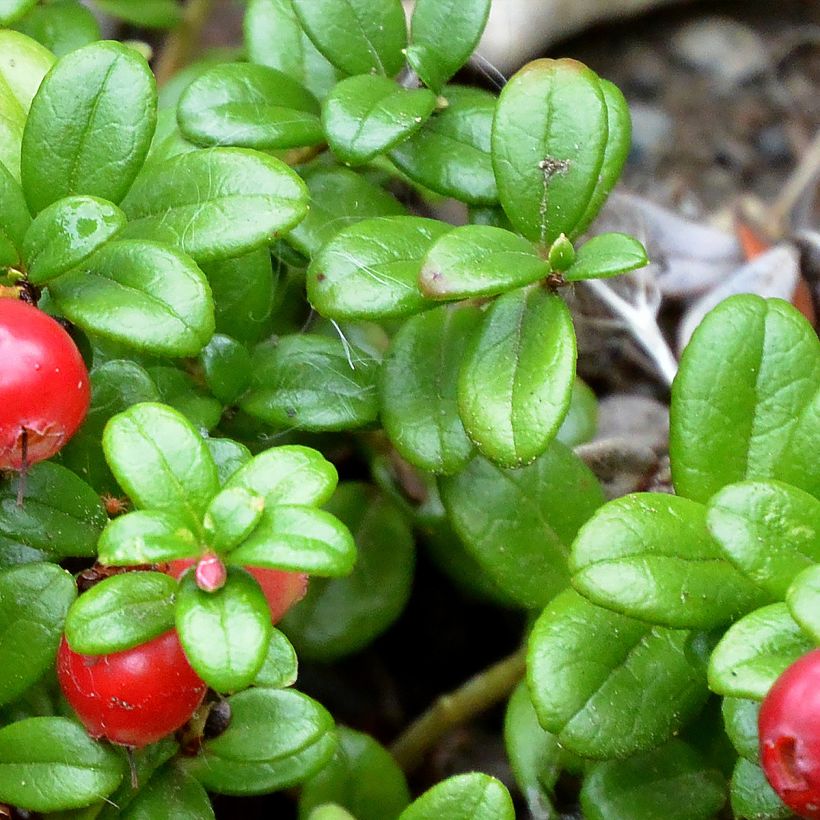



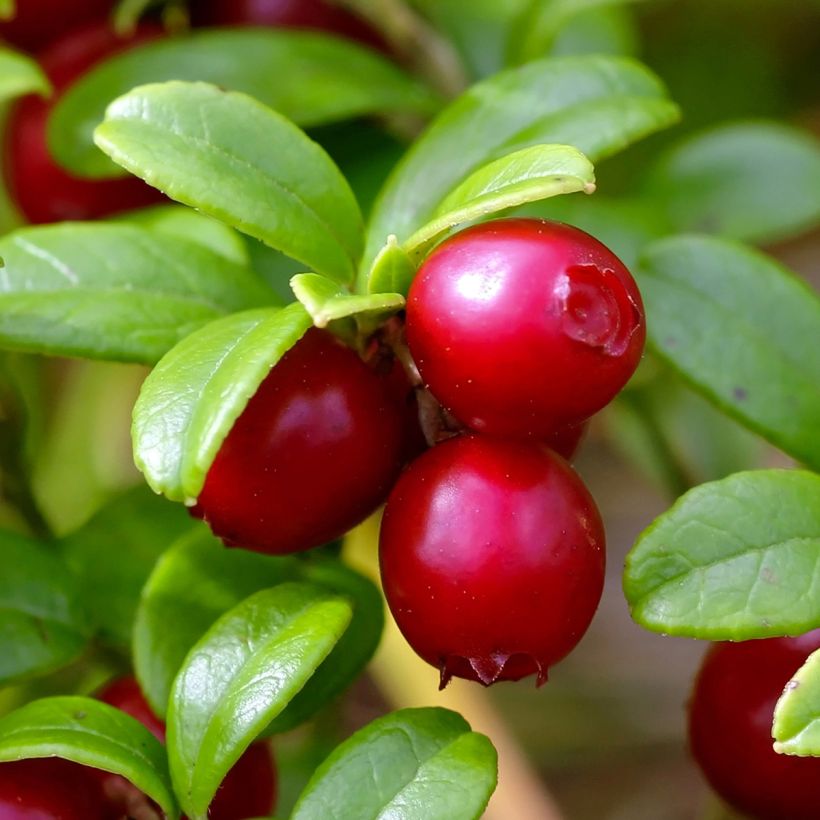

Plant habit
Fruit
Flowering
Foliage
Botanical data
Vaccinium
vitis-idaea
Red Pearl
Ericaceae
Lingonberry, Cowberry
Cultivar or hybrid
Planting and care
Red Pearl Cranberry is best planted in autumn but can be planted at any time of the year outside of the freezing and scorching period. Plant this bush in partial shade, at the edge of a wood, in clear undergrowth or an east-facing position, without direct sunlight. It is very hardy (-30°C (-22°F)) and will grow without difficulty if the soil and exposure are suitable.
Plant it in a very acidic to acid soil (pH between 4 and 6), incorporating ericaceous soil or in a mixture of ordinary soil and organic matter, well-decomposed bark compost. The collar should be level with the ground. Firmly press down and water generously with non-chalky water. In slightly chalky to neutral soil, dig a hole 50 to 60 cm (20 to 24in) deep, line the edges with a garden felt, and then fill with a mixture of compost and ericaceous soil. The cranberry tolerates soils occasionally saturated with water, for example on the banks of water points.
The soil should remain moist to damp. If watering is necessary, use non-chalky and non-chlorinated water (e.g. rainwater collection). Mulch the base with shredded bark, straw, or fern leaves. It is sometimes useful to place a protective net if birds become too greedy during harvest. In spring, annually apply a little well-rotted compost on the surface. The cranberry bush is not very susceptible to diseases and pests.
Planting period
Intended location
Care
This item has not been reviewed yet - be the first to leave a review about it.
Berries
Haven't found what you were looking for?
Hardiness is the lowest winter temperature a plant can endure without suffering serious damage or even dying. However, hardiness is affected by location (a sheltered area, such as a patio), protection (winter cover) and soil type (hardiness is improved by well-drained soil).

Photo Sharing Terms & Conditions
In order to encourage gardeners to interact and share their experiences, Promesse de fleurs offers various media enabling content to be uploaded onto its Site - in particular via the ‘Photo sharing’ module.
The User agrees to refrain from:
- Posting any content that is illegal, prejudicial, insulting, racist, inciteful to hatred, revisionist, contrary to public decency, that infringes on privacy or on the privacy rights of third parties, in particular the publicity rights of persons and goods, intellectual property rights, or the right to privacy.
- Submitting content on behalf of a third party;
- Impersonate the identity of a third party and/or publish any personal information about a third party;
In general, the User undertakes to refrain from any unethical behaviour.
All Content (in particular text, comments, files, images, photos, videos, creative works, etc.), which may be subject to property or intellectual property rights, image or other private rights, shall remain the property of the User, subject to the limited rights granted by the terms of the licence granted by Promesse de fleurs as stated below. Users are at liberty to publish or not to publish such Content on the Site, notably via the ‘Photo Sharing’ facility, and accept that this Content shall be made public and freely accessible, notably on the Internet.
Users further acknowledge, undertake to have ,and guarantee that they hold all necessary rights and permissions to publish such material on the Site, in particular with regard to the legislation in force pertaining to any privacy, property, intellectual property, image, or contractual rights, or rights of any other nature. By publishing such Content on the Site, Users acknowledge accepting full liability as publishers of the Content within the meaning of the law, and grant Promesse de fleurs, free of charge, an inclusive, worldwide licence for the said Content for the entire duration of its publication, including all reproduction, representation, up/downloading, displaying, performing, transmission, and storage rights.
Users also grant permission for their name to be linked to the Content and accept that this link may not always be made available.
By engaging in posting material, Users consent to their Content becoming automatically accessible on the Internet, in particular on other sites and/or blogs and/or web pages of the Promesse de fleurs site, including in particular social pages and the Promesse de fleurs catalogue.
Users may secure the removal of entrusted content free of charge by issuing a simple request via our contact form.
The flowering period indicated on our website applies to countries and regions located in USDA zone 8 (France, the United Kingdom, Ireland, the Netherlands, etc.)
It will vary according to where you live:
- In zones 9 to 10 (Italy, Spain, Greece, etc.), flowering will occur about 2 to 4 weeks earlier.
- In zones 6 to 7 (Germany, Poland, Slovenia, and lower mountainous regions), flowering will be delayed by 2 to 3 weeks.
- In zone 5 (Central Europe, Scandinavia), blooming will be delayed by 3 to 5 weeks.
In temperate climates, pruning of spring-flowering shrubs (forsythia, spireas, etc.) should be done just after flowering.
Pruning of summer-flowering shrubs (Indian Lilac, Perovskia, etc.) can be done in winter or spring.
In cold regions as well as with frost-sensitive plants, avoid pruning too early when severe frosts may still occur.
The planting period indicated on our website applies to countries and regions located in USDA zone 8 (France, United Kingdom, Ireland, Netherlands).
It will vary according to where you live:
- In Mediterranean zones (Marseille, Madrid, Milan, etc.), autumn and winter are the best planting periods.
- In continental zones (Strasbourg, Munich, Vienna, etc.), delay planting by 2 to 3 weeks in spring and bring it forward by 2 to 4 weeks in autumn.
- In mountainous regions (the Alps, Pyrenees, Carpathians, etc.), it is best to plant in late spring (May-June) or late summer (August-September).
The harvesting period indicated on our website applies to countries and regions in USDA zone 8 (France, England, Ireland, the Netherlands).
In colder areas (Scandinavia, Poland, Austria...) fruit and vegetable harvests are likely to be delayed by 3-4 weeks.
In warmer areas (Italy, Spain, Greece, etc.), harvesting will probably take place earlier, depending on weather conditions.
The sowing periods indicated on our website apply to countries and regions within USDA Zone 8 (France, UK, Ireland, Netherlands).
In colder areas (Scandinavia, Poland, Austria...), delay any outdoor sowing by 3-4 weeks, or sow under glass.
In warmer climes (Italy, Spain, Greece, etc.), bring outdoor sowing forward by a few weeks.
